May 08, 2020
Federal Infrastructure Funding More Critical Than Ever
Not exactly the stock market correction we were anticipating in 2020, every segment of our economy has been impacted by COVID-19. Some industries felt the pinch immediately. Travel and hospitality, for example, went from boom to bust in a matter of weeks as people around the globe canceled plans. In an effort to remediate financial pain in the pandemic’s early days, Congress passed bipartisan legislation to make available stimulus checks and additional unemployment funding for states to distribute.
There’s a sense in Congress and across America that more relief is needed, but there’s little agreement on what form it should take. While Democrats would like to see aid delivered to state and local governments, Republicans are focused on liability protections for businesses.
Infrastructure is consistently touted as an area of bipartisan agreement. During a virtual town hall on May 3, President Trump expressed his strong support for a payroll tax cut and an infrastructure package. However, the conversation risks unraveling as we dig into the details. Whose responsibility is it to pay for improvements, where should funding come from, should we build greener infrastructure in an effort to reduce environmental impacts, should we prioritize investments in rural or urban infrastructure?
Even in the absence of an infrastructure stimulus package, Congress will need to act soon to maintain existing federal programming. In 2015 Congress passed the Fixing America's Surface Transportation (FAST) Act, a five-year surface transportation package. We have about 140 days before it expires (throw into that timeline a presidential election as well as a global pandemic).
The additional challenge, true for years, is paying for an authorization. Since 2008, the General Fund of the Treasury has bailed out the Highway Trust Fund to the tune of $140 billion to make up for declining receipts and purchasing power of the federal motor fuel tax, last increased in 1993. Merely reauthorizing at current funding levels was going to present challenges – add to that a significant decline in gas tax receipts due to fewer miles traveled over the past couple months.
The reality for states and localities isn’t any rosier. Many of them raise transportation revenue through sales taxes and their own motor fuel taxes. Simply put, people aren’t buying anything or going anywhere (aside from our essential transportation workforce whom we thank!)
In April, the American Association of State Highway Transportation Officials (AASHTO) estimated states would experience a minimum 30 percent loss in revenue over the next 18 months. To keep construction schedules and prevent job loss, AASHTO requested that Congress include nearly $50 billion for state departments of transportation in forthcoming COVID-19 relief bills.
Anyone following the “will they – won’t they” on a federal infrastructure package likely has whiplash by now, but if I were a betting person, I’d put money on Republicans and Democrats uniting behind a package in the next 12 months. Compromises will be made under this package. Senate Majority Leader Mitch McConnell would like to see a “modest” proposal, such as a reauthorization that primarily focuses on existing programs. House Democrats have prioritized investments in green infrastructure. The White House has been focused on investing in rural America.
Our job, as transportation professionals, is to continue telling our story at every opportunity to ensure that transportation infrastructure is a meaningful component of a future package. We have a great story to tell. While most of our national workforce is asked to stay in and stay safe, freight operators are working around the clock to move test kits, medical supplies, food – and yes, toilet paper. They are doing so with limited access to food and rest stops, which have been closed in an effort to thwart discretionary travel.
Congested infrastructure networks are experiencing temporary relief, but before COVID-19 U.S. companies were spending $27 billion annually in extra freight transportation expenses due to congestion on highways alone, and the total cost of congestion is estimated at $1 trillion annually – roughly seven percent of U.S. economic output. Profits lost to dysfunction will not put Americans to work – robust federal investment in our multimodal freight network will put people to work immediately, and support economic growth for years to come.
Add new comment
2025 PARTNERS
A special thank you to our premium level partners for your continued support.





.png)



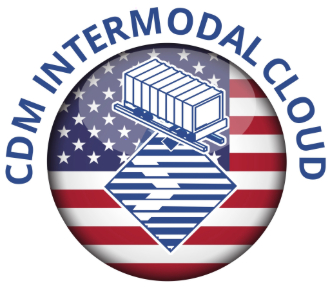







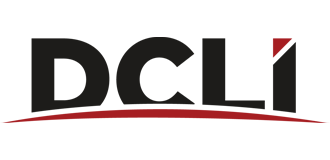












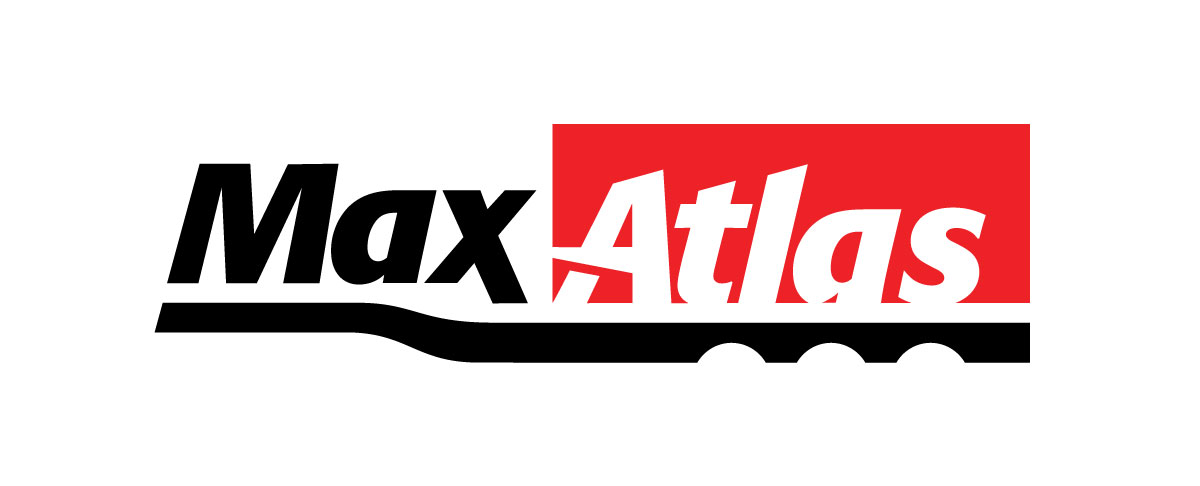





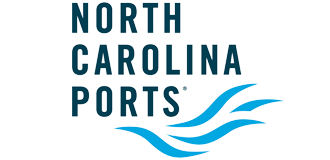




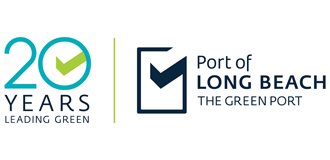







Comments